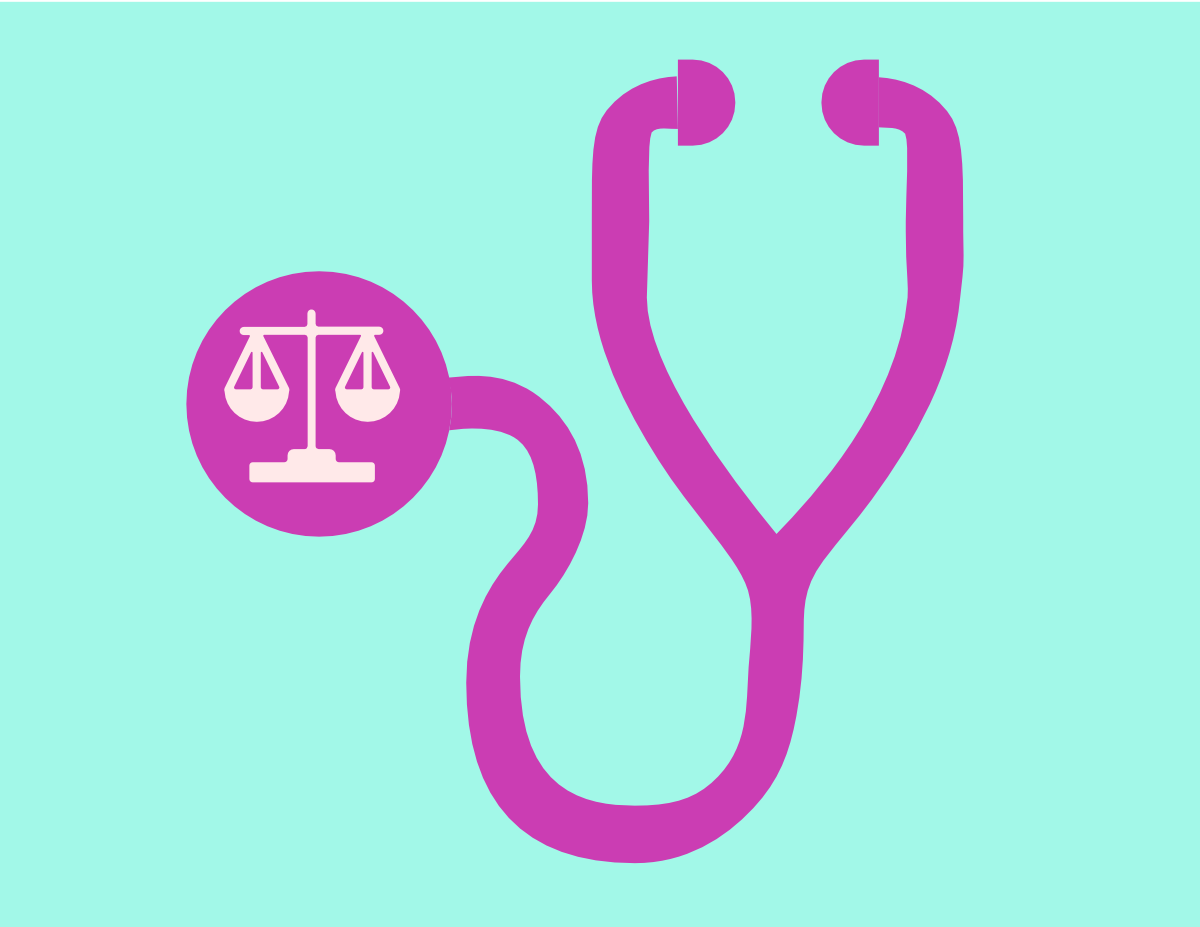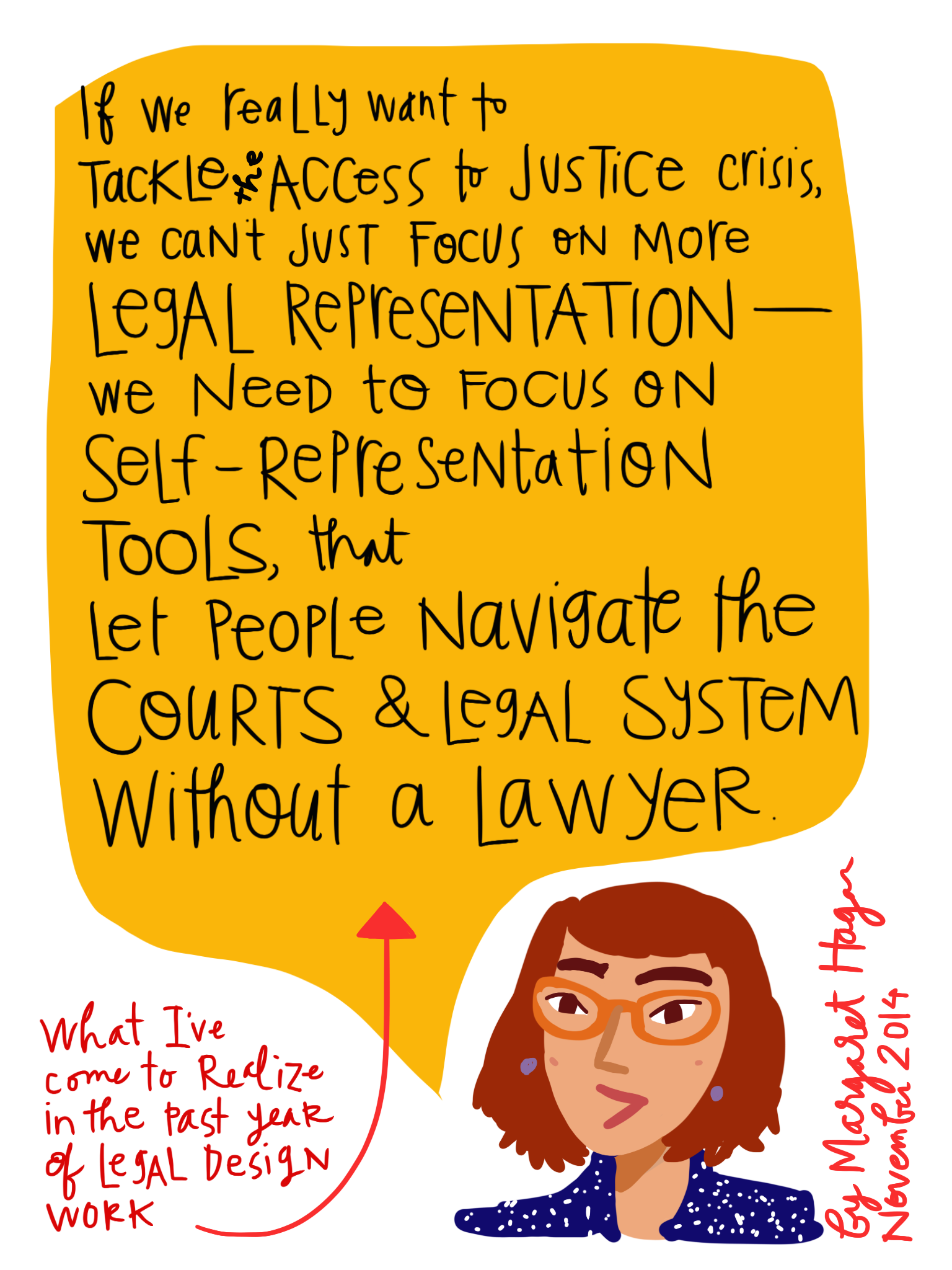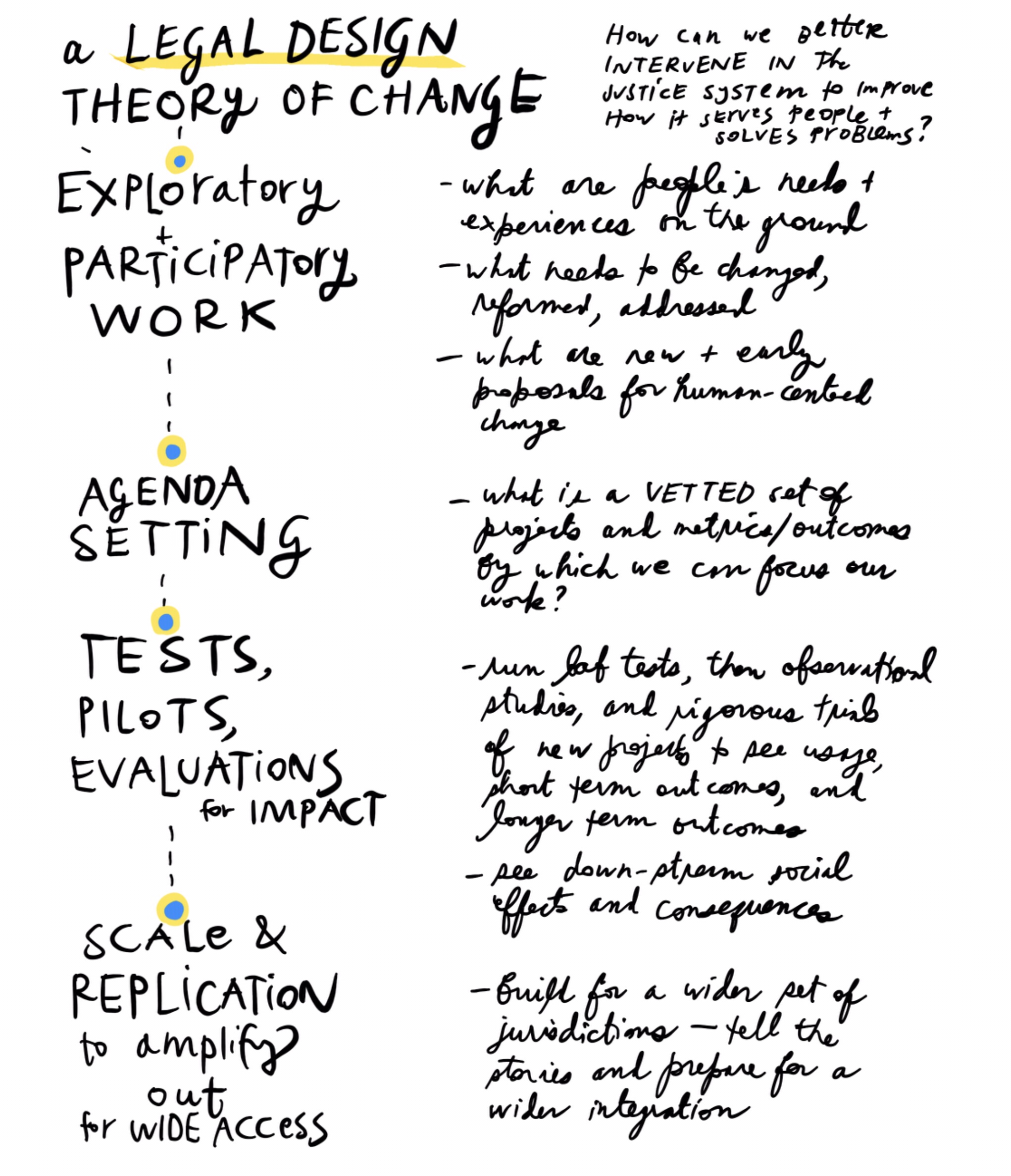I have been in different working groups and conferences over the past year, all focused on access to justice innovation, and we keep coming back to one new product idea: the Legal Health Checkup. This seems to emerge out of the research finding (from Becky Sandefur primarily) that people don’t even realize they need to seek out legal help, because they don’t know their life problems have legal issues embedded in them.

What this leads to is the notion of the checkup, borrowing from health care’s protocol of annual exams for people, to catch problems before they spin out of control. This analogy is the zeitgeist now in legal services innovation. How do we get more people to realize they have an issue? We give them a check up, and then from this check up we tell them what some courses of action could be.
So now I’ve been thinking about this diagnostic tool can actually be asking, what format it could be delivered in, and, most importantly, what kind of diagnosis outcome it would actually provide the user.
I have been reviewing what legal health checkups do exist. There are those from there are those from private lawyers to their clients, to diagnose them on specific area of legal issues, like around estate planning or wealth management. There are those from legal aid groups that are trying to see what benefits and government services a person might be eligible for.
And most of these checkups take a similar format, that could be improved upon. Most all are questionnaires, laid out as a lengthy series of questions on one page, or staged among a series of pages. They ask for a lot of information, and then give relatively limited pay-out to the user — perhaps a list of organizations they could contact, or a list of issues to consider
Here are my first-draft proposals for improvement:
- Stop with the Lengthy Questionnaire Model: Avoid the long page of questions, or the long series of web pages with each its own series of questions. It is exhausting, unrewarding, and easy to bail from.
- Start with Personas, User Stories, Use Cases: One alternative to the questionnaire model is the menu of archetype. The designers of the checkup can present a curated set of types of users or user situations, and have the person choose what most resembles them. Then they can fine-tune the situational details with some questions/conversations. This could help keep the number of questions to a more reasonable number.
- Or, try the User Narrative: Instead of asking the user to respond to a series of questions, an alternative is to have them simply describe their story in their own words — via text or voice — and then investing in a parsing algorithm that would pull out key identifiers of legal issues. This can be more natural and human for the user experience, letting them tell their experience, and can capture more details than a questionnaire could.
- Give more Pay-off Moments Sooner: The questions can be broken up with small bits of pay-offs and ‘rewards’, in the form of diagnoses, referrals, help information — anything that gives the user something that can be meaningful to them as they try to sort through their situation and make a plan of action. Rather than wait until the end of all the questions, do it sooner. Because the sooner that we can get a payoff moments to the person going through the check up the sooner that we can then have a engaged user who will actually follow through with the experience.
- Do it more conversationally: Make it more human, so that it is not a bunch of text on the page — but it seems that there is a real person behind the questions. This can be done with chat-like interfaces, or with pictures of the people who made the interface and questions, or with phrasings in the text itself.
- Think outside of the Self-Reporting to Data-Driven Diagnoses: Most checkup projects rely on the user describing their situation and then finding issues in this self-reporting. But what if we used publicly accessible databases to supplement this self-reporting? We could get a fuller, impartial view of the legal issues the person may be facing. If the user gives permission and personal identification information, then the checkup tool could scour all of the relevant databases on criminal records, car repossessions, outstanding warrants, overdue water bills, and more — to then tell the user things she might not even know herself about legal problems she has.
- Have it through multiple points of distribution: The same checkup content and diagnostic materials can be presented in many different ways — through SMS, on a web browser, on a mobile-friendly site, on a voice call, or even in-person on a device or face-to-face at a clinic, library, social service office, or hospital. The content shouldn’t be tied down to only one format (hard-wired into one interface), but ideally built from the beginning to be deployed easily onto multiple tech formats.
- Invest in warm, quality hand-offs at the end: The value of the checkup is only as good as what the user gets out of it. This is a point that will make or break the utility and usage of any checkup tool. Rather than leave with a generic report or list of phone numbers to call, the user should have a practical, actionable, human-connected follow-up plan once the checkup has spotted issues. This requires investment in setting up these connections, creating follow-through resources, and having real people ready to help the user once they’re through with the tool. The hand-off must not be to a list for cold-calling — it should transfer the information taken in over to a real service provider (or let the user do this easily), and give step-by-step instructions on what the user can do to resolve the issue that’s been identified.
- Use Case 1: person in need of immediate help with a specific problem
- Use Case 2: person who knows they’ve got problems and concerns, but not in a rush
- Use Case 3: person who wants to stay on top of their problems generally, and invest in preventative checkup (least likely)

Other things for any Checkup project to be planning for:
- The outreach and formats to use when presenting the checkup, or recruiting people to it. How to get the checkup out into specific communities as much as possible? How to get it to situations where people are already seeking help for life problems?
- The functions the tool will provide, as discussed before — is it a q-and-a tool, is it a database searcher, is it something else?
- What resources does it give the person, whether it’s a list of diagnoses, process guides to follow up, connections with service providers and tools, more reading, a personal data download for the person to take with them as they visit other providers.
Please send your thoughts along, on how you think a great legal health checkup tool could be built!





1 Comment
Margaret – Are you familiar with CLUE which provides an automated legal checkup for residents of Baltimore, MD? It was developed by Matthew Stubenberg of the Maryland Volunteer Lawyers Service (MVLS) and is used by them to conduct legal checkups of their clients. See his brief description of the project here: https://www.americanbar.org/content/dam/aba/images/office_president/matthew_stubenberg.pdf.